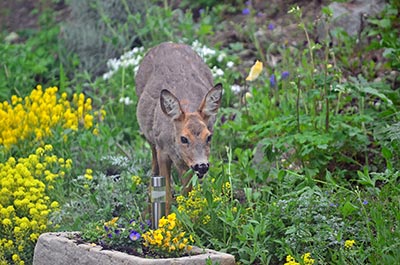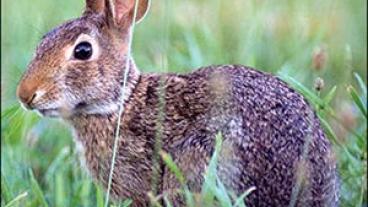 Controlling nuisance wildlife and preventing damage takes time and money, so it is important to use scientifically valid techniques that are both successful and cost-effective. To help ensure success, take the following steps:
Controlling nuisance wildlife and preventing damage takes time and money, so it is important to use scientifically valid techniques that are both successful and cost-effective. To help ensure success, take the following steps:
- Properly identify the species causing the problem.
- Understand the biology and ecology of the nuisance wildlife species, including its food, cover and other habitat requirements.
- Select and apply the proper prevention and control techniques to solve the problem.
- Evaluate your efforts.
It is important first to understand what species is causing the problem and the amount of damage that is occurring. Then you must learn about the life history, biology and behavior of that species. You need to know what control methods are available, including exclusion methods like fencing, frightening devices, toxicants, repellents and harvest. Not all of these are options for every species. Generally, using a combination of control methods is more effective than the use of just one method — a practice dubbed integrated wildlife damage management.
Below are links to two MU Extension publications that provide overviews on ways to enjoy the benefits of wildlife near your home while preventing or controlling damage they can cause. Go to the Nuisance Wildlife home page to find other research-based resources that can help you resolve conflicts with wildlife around your home or property.

